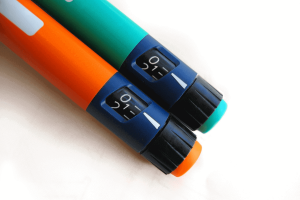Seven ways to save money on diabetes supplies
Diabetes isn’t easy–on you or your wallet. Between glucose meters, test strips, and prescription medications, health care costs can add up quickly. Try some of these 7 steps to help you feel better about your diabetes and your bank account.
Step 1: Talk it out
People with type 1 diabetes often require different supplies than patients with type 2. Talk to your doctor to find out exactly what you need for your personal diabetes care plan. Some testing supplies may be covered by health insurance. Working with your provider can help you figure out which brands are the most cost-effective for you. Finally, reach out to others in the diabetes community. Blogs, local events, and support groups are full of resources that can give you firsthand money-saving tips and product reviews.
Step 2: Look out for samples
Attending a diabetes convention or EXPO can give you great access to free lancets, needle tips, and more. You can also use this opportunity to comparison-shop between brands. Check out the American Diabetes Association for upcoming events near you.
Step 3: Go generic
It’s no secret brand-name medications are more expensive. Your health care provider may know if there are generic options you can opt to use instead. Once you change to a generic brand, it’s important to double-check the equipment is working properly. If you notice any serious changes in your blood glucose measurements after switching, talk to your doctor immediately. There may be a problem with your meter or other testing supplies.
Step 4: Scope out eBay
Some diabetes supplies has to be purchased new, but eBay can offer great deals on items such as medical bracelets, handy carrying cases, and glucose logbooks. eBay even has a helpful guide with tips on how to safely purchase diabetes equipment from the site.
Step 5: Be aware of tax deductions
Did you know that you may be eligible for a refund, if you’re paying out of pocket for health care supplies? According to the IRS, some deductible items include:
- Medication
- Dental treatment
- Surgeries
- Weight loss programs




